Zowie FK2 Review
Manufacturer: Zowie GearUK price (as reviewed): £49.99 (inc VAT)
US price (as reviewed): $51.99 (ex Tax)
We've seen a number of good gaming mice in the £40-£50 price bracket in recent months; the Asus Strix Claw,Corsair Gaming Sabre Optical RGB and Mionix Naos 8200 all being good examples. This means Zowie's FK2, at £50, certainly has some stiff competition. However, no mouse is suitable for everyone, since people of course have different preferences when it comes to game types, play styles and grip styles. For its part, the FK2 is designed for competitive gaming and is said to be claw grip optimised. In case you missed it, Zowie also very recently announced the similar EC1-A and EC2-A.
The FK2 has the same specifications as Zowie's own FK1, but it is house in a smaller body, one that just happens to match the shape and weight of the original FK. This means it is both small and light. In fact, at 85g (non-adjustable), it's one of the lightest mice we've ever used, so hand fatigue is unlikely to ever be an issue.
As you've probably worked out, the FK2 has an ambidextrous design. As such, it has thumb buttons on both sides, but is a five button design, not seven – you can't use the buttons opposite your thumb. Some may see this as a waste of buttons, but they wouldn't exactly be the easiest to access, especially in the heat of battle. Other than this, it's a 'less is more' approach, as the design is very minimalist with no extra buttons or LEDs. This is quite refreshing to see, and makes the mouse well-suited to FPS types or those who prefer to have macros bound to their keyboard instead. In fact, Zowie claims that 32 percent of players from the top 10 CS:GO teams at ESWC 2014 used a Zowie mouse. Still, it does mean the FK2 lacks a number of features that its similarly priced competitors offer.
Thankfully, build quality is remarkably good, with the plastic body being very solid indeed despite the low weight. The matt black surface is slightly grainy, leaving it smooth enough to be comfortable but not so much that you can't get a good grip. On the bottom we find two large, smooth feet, with a replacement set also provided in the box. The thin rubber USB cable emerges from the FK2 body at a slight angle to keep it elevated and prevent drag.
As said, the shape of the FK2 is said to be claw grip optimised, though we found that somewhere between a claw and palm grip was most natural, for us at least. What we can definitely say is that the shape is definitely designed for smaller hands – we fall into this category and even we felt like we were almost dwarfing it, but overall the shape is a comfortable one.
The two thumb buttons have perfect positioning for quick actuations, and a great level of resistance. Huano switches are used throughout the FK2. These are noticeably heavier than Omron switches, which we've become accustomed to lately. As such, rapid, repeated clicks are a little easier on Omron-based mice, but they're not hard to achieve here either. Slightly heavier switches like these also have the advantage of being less likely to be triggered if you're in the habit of making large swipes and repositioning a lot. Whichever your preference, the responsiveness is spot on. The scroll wheel is also very secure, with a pleasant rubber surface and good feedback.
The FK2 makes use of the Avago 3310 optical sensor, and we found its performance to be excellent. We experienced no acceleration at all, minimal jitter even at high tracking speeds, and no horrible correction or angle snapping – just smooth, controlled movements. As with any optical sensor, you do need to work with a good surface to get the most from it. The FK2 also boasts a low lift off distance of 1.5~1.8mm, which is again good for players who use low sensitivity and need to lift and reposition their mouse often.
The design of the FK2 makes it clear that it's very much a mouse for those who know what they want. There is no on-the-fly sensitivity adjustment – you have to turn the mouse over and use the dedicated button there to flick between 400, 800, 1,600 and 3,200 DPI. Left-hand and right-hand modes, as well as the polling rate (this can be 125, 500 or 1,000Hz) are switched by disconnecting the mouse then reconnecting while holding a certain button combination. It is a complete plug and play solution, with no additional drivers or software needed or available.
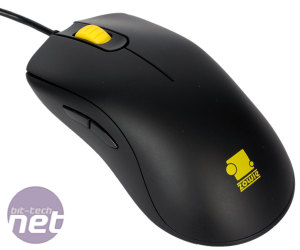
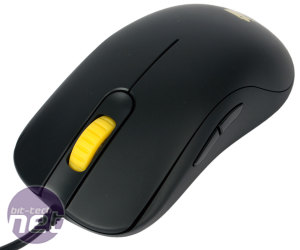
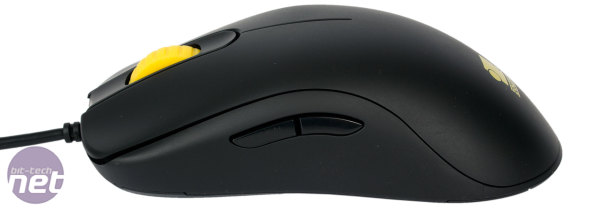

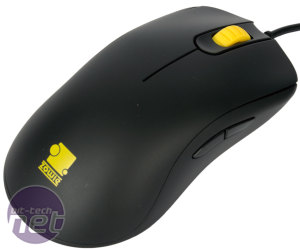
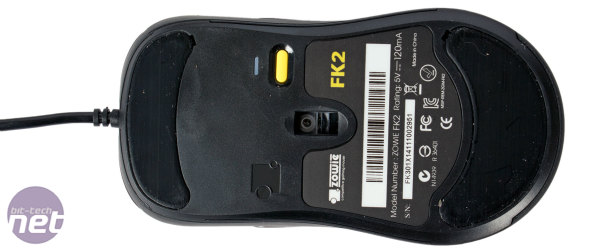
No hay comentarios:
Publicar un comentario